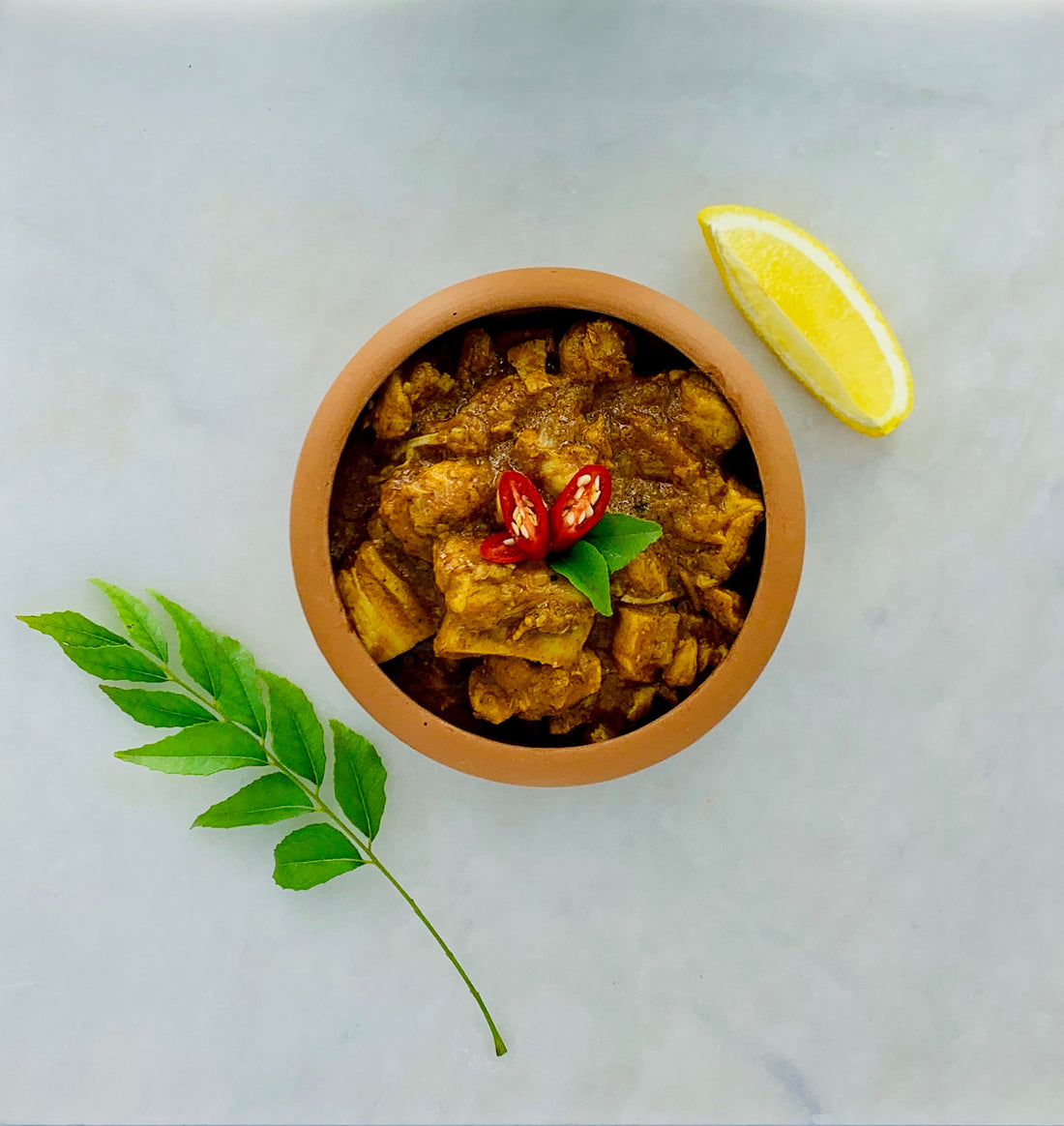
What Makes a Curry… a Curry?
What Makes a Curry… a Curry?
The Origin and Spread of Curry
Curry is a staple dish of many households. From India to South Africa to England, curry dishes come in all shapes and forms from across the world. This makes the definition of a ‘curry’ a little hard to define. With the vast range of different dishes falling under the banner of ‘curry’, basically the word has come to mean any dish with sauce flavoured with a spice mixture.
So where does this style of food really come from? And how does it differ throughout the different countries of the world? What Makes a Curry… a Curry? Let’s find out!
Origins of Curry
If you ask anyone where curry came from, you’d get the answer 99 out of 100 times that it came from India. While it most certainly did, curry culture has not always been around in India, or even a real dish for that matter. The term itself is an entirely foreign concept in India itself, as dishes are all unique and cannot be classified under this broad moniker. Curry can trace its origins of course back to India, but this classification of food and the ensuing boom of this global food trend lays with the Portuguese, French, and English colonisation of India.
Spices have always been a part of Indian culture. From what we know, the use of spices in cooking started in the Indus River Valley Civilisation (ancient India) which was one of the earliest urban cultures and the oldest civilisation to occupy India. Rising alongside the Egyptian and Mesopatanian civilisations, they reigned over the area from modern day northeast Afghanistan to northeast India between 3300-1300 BCE. Turmeric and ginger residue has been found in ancient pottery dating back over 4500 years ago from this area.
Throughout the ages, these spices that were native to the land were used for medicine and in cooking. Starting in 1500 BCE, the Vedic (meaning sacred spiritual knowledge) culture arose in India, forming the basis of modern day Hinduism and also introducing the oldest holistic medicinal system in the world, Ayurveda. With Ayurveda came the utilisation of spices for medicine, followed by the use of these spices in almost every single meal at the time.
When the Portuguese arrived in India in 1498, they brought with them chillies and vinegar, which when added into the dishes of India, influenced and ultimately created the dish called Vindaloo. With the Dutch, French, and English colonisation following afterwards, the food eaten by the Indian people was slowly classified under the all-encompassing term of ‘curry’. It’s believed that the Tamil word ‘kari’ (meaning sauce) was mistaken for the name of whatever the Indian people were eating, so the word ‘curry’ was born.
With the abundance of spice, tea, and fruit plantations being developed and worked at the time, the trade companies of the colonisers quickly introduced and spread the use of spices and curry throughout the world. This is why we see such a variation in curry across the globe, as each country who was influenced with these spices has had plenty of time to develop their own culture and trends within the food group of curry.
Styles of Curry
There are many styles of curry found around the world that have come about from the early days of British-occupied India. Here are a few of the more significant variations and their characteristics:
- India - Indian curries are diverse and change from region to region, however, they are usually characterised by the use of coconut cream and ghee, a clarified butter that is used to braise the protein and fry the spices in. Vegetarian curries are also immensely popular in the country, with lentils being a common ingredient to thicken and flavour dishes.
- Sri Lanka - Sri Lankan cuisine is quite similar to Indian in the sense that it varies from region to region. Larger chunks of protein or vegetables are used in comparison, and coconut cream is not often used in dishes. Fresh produce from the local area is utilised and the curries are clean, spicy, and vibrant with liberal use of curry leaves.
- England - Starting off with the East India Company bringing spices, dishes, and Indian influence back to England starting in 1600, curry is now a very popular dish all over England. Tomatoes and garlic are used plentifully and yoghurt is substituted for coconut cream, with Chicken Tikka Masala being Britain's most popular curry.
- Jamaica - Jamaican curries are different from the rest because of much higher levels of turmeric and all-spice in their spice blends. This makes Jamaican curries more yellow in colour with the all-spice adding a sweet-smoky flavour reminiscent of nutmeg, cinnamon, and cloves. Jamaican Curry Goat is a classic and much-loved dish in the Caribbean.
- Japan - Japanese curry is noticeably characterised by its thick, rich sauce and sweeter flavour profile. Japanese curry is usually done with beef or pork and is often sold in the form of stock cubes in stores.
- Thailand - Thai curries are done with fresh made curry pastes from ingredients such as lemongrass, galangal, shallot, kaffir lime leaves etc. Thai curries are often more soupy in texture from the use of coconut milk.
- South Africa - The city of Durban is known for amazing curry in South Africa, with Durban Curry and Bunny Chow being the most popular dishes. The curry is characterised with searingly spicy flavour, oily texture, and deep rich red colour. Bunny Chow involves putting this rich curry inside a hollowed out piece of white bread and is a popular fast food.
- Australia - Australia isn’t known for curry, not by a long shot, but even here there is that Indian curry influence. Utilising a non-traditional approach to curry (using Keens Curry Powder), you can find curry meat pies in pie shops and petrol stations across the country.
- Malaysia - Malaysia, because of its close proximity to India, was one of the early adopters of curry dishes. This resulted in a range of dishes that, while non-traditional, are known worldwide. Curry Laksa is one of the most well-known of these and is more soup than sauce, featuring aromatics such as lemongrass and fresh chillies.
Here’s hoping you learned just a little bit about the history of curry and the different styles seen around the world.
Visit our recipes page to discover a range of beautiful curries and vibrant dishes perfect for every occasion!
